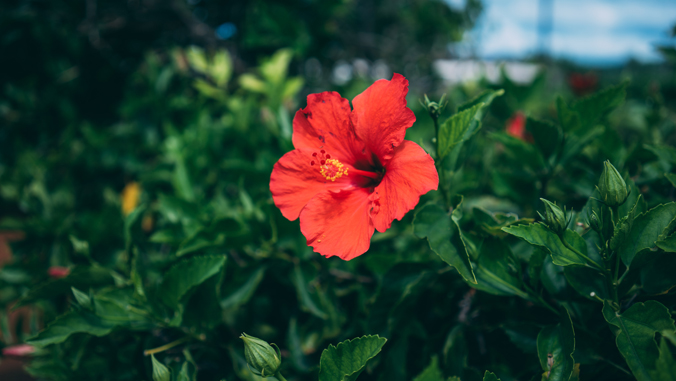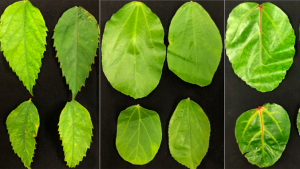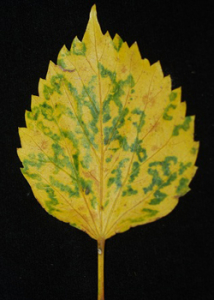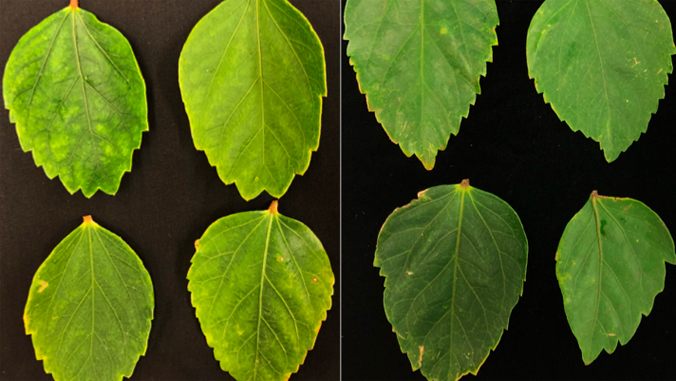
Two new viruses are infecting hibiscus plants in Hawaiʻi and could pose a threat to the state flower, according to researchers in the University of Hawaiʻi at Mānoa College of Tropical Agriculture and Human Resources. Their findings were published in Viruses.

"Do these viruses pose a threat to the survival of hibiscus?" said John Hu, a plant pathologist with the UH Mānoa Department of Plant and Environmental Protection Sciences. "That's exactly the question we want to answer. Our early findings indicate it could, however we don't know the final answer yet. We plan to do more virus surveys including testing the mother plants at the propagation (the breeding of specimens) site."
The pair of viruses are called hibiscus betacarmovirus and hibiscus soymovirus. Infected hibiscus plants show mosaic, ringspot and chlorotic (yellowing of healthy green leaves due to lack of chlorophyll) spots on their leaves. They were discovered through analyzing 54 hibiscus samples collected in Honolulu—34 from 18 locations on the UH Mānoa campus, and the remaining 20 were collected from a variety of sites from Diamond Head to downtown.

Twelve of the 54 samples (22%) were positive for at least one of the viruses. One sample tested positive for hibiscus betacarmovirus, nine samples tested positive for hibiscus soymovirus and two samples tested positive for both viruses.
More threats to hibiscus
Similar viruses called hibiscus latent Fort Pierce virus and hibiscus latent Hawaiʻi virus have previously been discovered infecting hibiscus plants in Hawaiʻi by the same group of CTAHR researchers. The team is led by Hu and Michael Melzer, associate researcher with the UH Mānoa Department of Plant and Environmental Protection Sciences. Hu and Melzer have been conducting research on hibiscus viruses for more than 10 years.
"The main concern is whether these viruses infect and impact our native hibiscus, some of which are threatened and endangered," Melzer said. "Cleaning tools when pruning hedges will help to prevent the spread of the mechanically-spread viruses."







